SingaporeMotherhood | Pregnancy
July 2025
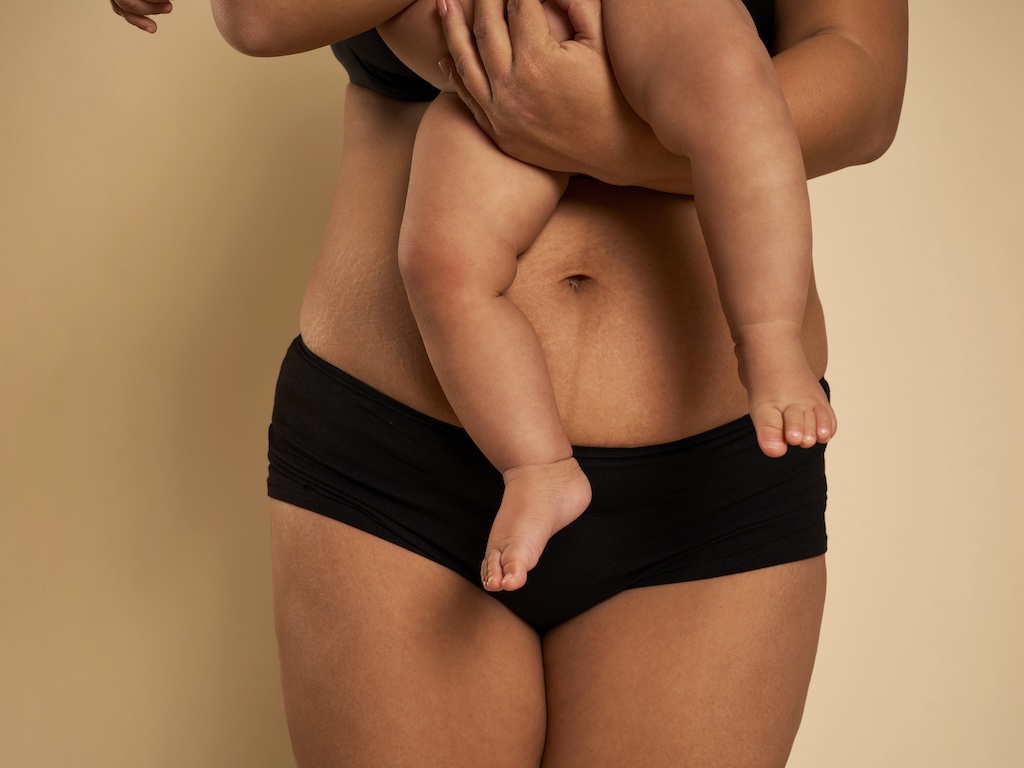
Motherhood is life-changing, a journey that transforms not only your world but also your body. Among these postnatal changes is diastasis recti (DR), or abdominal muscle separation. Nearly all women will experience some degree of separation during pregnancy. This is a natural response as the body makes room for a growing baby. For many, the muscles gradually return to their original position. For others, the gap remains and requires targeted support to close.
In recent years, awareness of DR has increased in Singapore. Janna Chan, Director of Client Services at Orchard Clinic, attributes this to a growing culture of openness among mothers to share their postnatal experiences.
“Social media, mummy forums, and even casual chats at the playground have helped normalise topics that used to be brushed aside. We often hear women say, ‘Why didn’t anyone tell me about this sooner?’”
Linda Tan, Founder of Woman & Children Therapy Centre (a subsidiary of Inspire Mum & Baby), agrees. The centre has seen a threefold increase in DR-related enquiries over the past five years.
“More mothers are seeking answers for ongoing postnatal symptoms like back pain and core weakness, concerns that are often brushed off as ‘normal’ after birth,” says Linda, who is a specialist in Women’s Health and Diastasis Recti Recovery.
A mother of two, Linda credits social media, emerging research, and the rise of women’s wellness voices for bringing DR into the spotlight. But with growing visibility comes growing confusion.
“Many women now recognise the term ‘DR’ but don’t fully understand what it means,” she cautions.
Understanding the condition and acting early can make a world of difference. Whether you’re pregnant, postpartum, or years into motherhood, here’s what you should know.
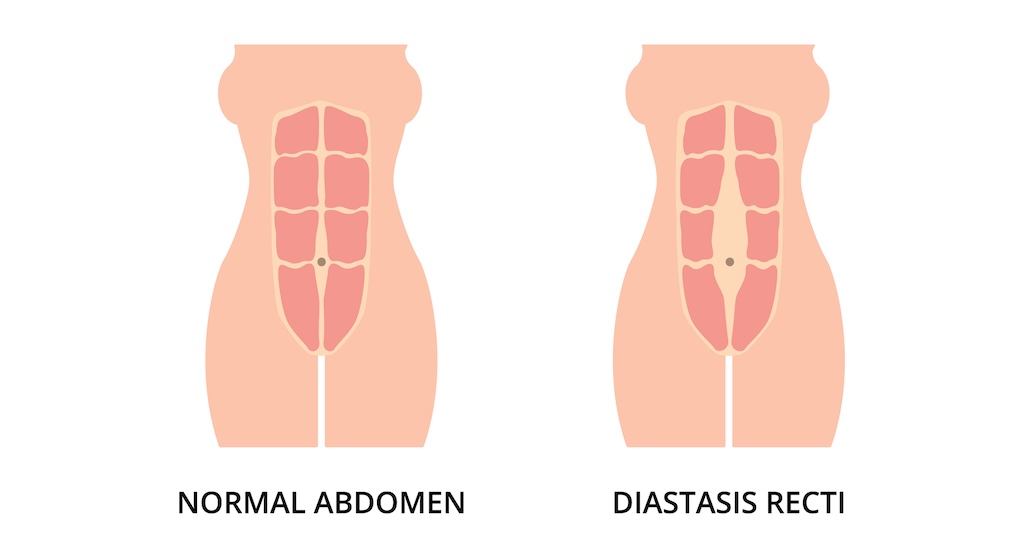
Diastasis recti occurs when the two sides of the rectus abdominis — the “six-pack” muscles — pull apart due to the stretching of connective tissue (the linea alba) during pregnancy.
This separation creates the characteristic “mummy tummy” or bulge and may appear during pregnancy or well into the postpartum months.
Diastasis recti can also occur due to:
Several factors increase the likelihood of developing diastasis recti:
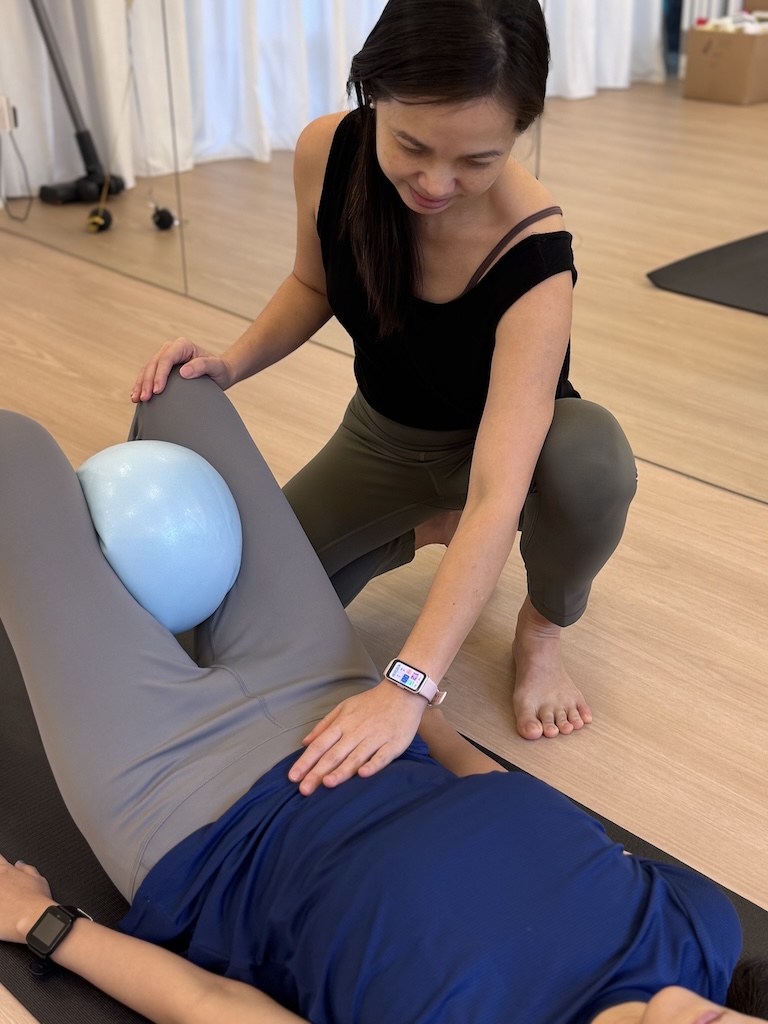
Diastasis recti is far more than a cosmetic concern. At its core, it affects your stability, strength, and function.
A weakened abdominal wall can lead to:
Without intervention, the separation may widen over time — particularly with improper lifting, high-impact exercise, or repetitive strain from daily tasks.
The gap may also widen over time from daily strain, especially when lifting children, doing incorrect exercises, or returning to sports without proper rehab, says Linda.
Beyond the physical, there’s an emotional and psychological toll that’s frequently overlooked.
“Many women feel disconnected from their bodies, frustrated by a tummy that won’t flatten, or self-conscious during intimacy,” Janna shares. “This can affect confidence, emotional wellbeing, and even relationships.”
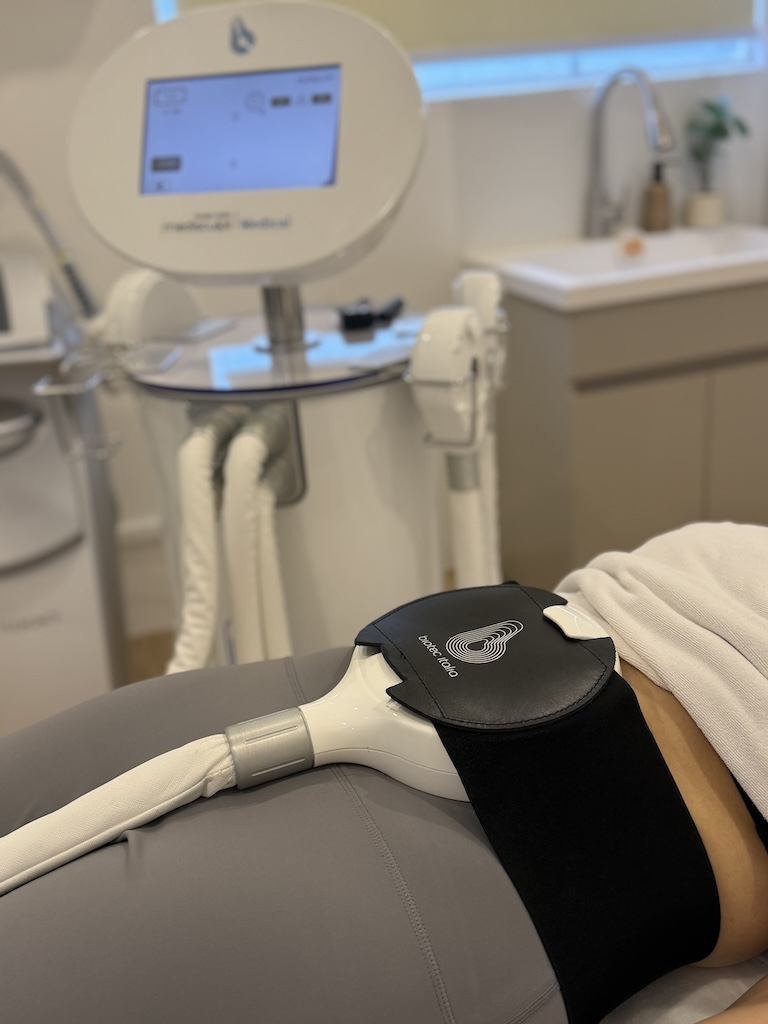
Postnatal massages and wraps can offer comfort and help reduce swelling, but they won’t close the gap.
“Think of them as part of a supportive recovery routine, not the main solution,” suggests Jenna. “If the abdominal wall remains weak or the separation is significant, you’ll need a more targeted approach.”
Fortunately, management of DR has come a long way. While traditional rehabilitation exercises remain foundational, technological advancements now play a key role.
At Women & Children Therapy Centre, Medisculpt machines which harness electromagnetic stimulation to activate the deep core and pelvic floor safely and without external pressure are used.
Orchard Clinic employs Embody machines, which rely on High-Intensity Focused Electromagnetic (HIFEM) technology to generate thousands of deep muscle contractions in a single session.
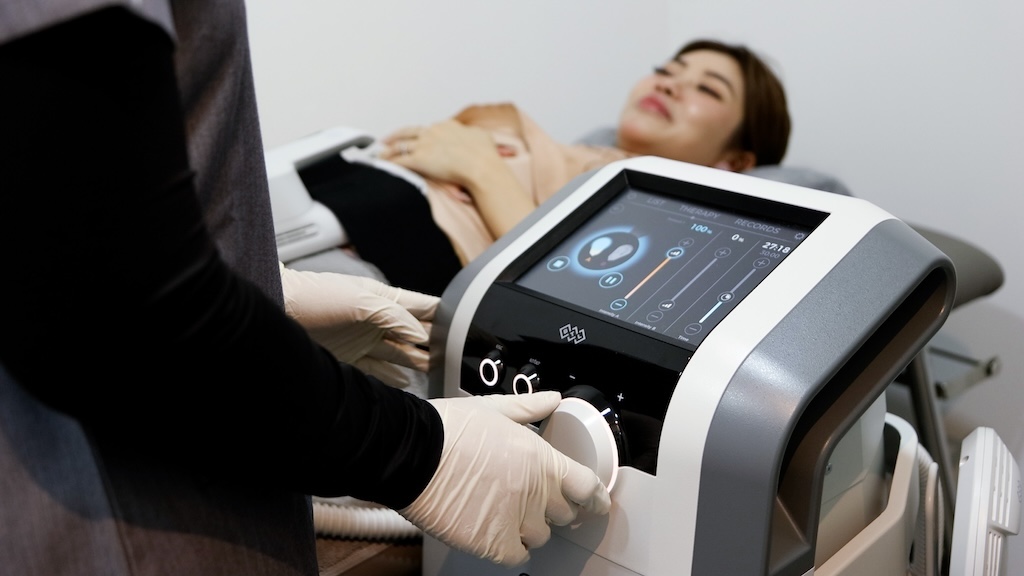
However, machines alone aren’t enough.
“Machines are excellent tools to kickstart muscle activation, especially when the brain-body connection is weak,” Linda explains. “But movement retraining is the key to long-term functional recovery.”
Hence at Woman and Children Therapy Centre, DR treatment can incorporate diastasis recti corrective exercises — slow, fascia-informed, and breath-based movements.
The goal is to retrain muscular control, improve tension across the linea alba, and restore full-body alignment. Without this, even well-meaning workouts can do more harm than good.
“Machines support recovery, but no device can replace education, exercise, and body awareness.” – Linda Tan, Founder of Woman & Children Therapy Centre
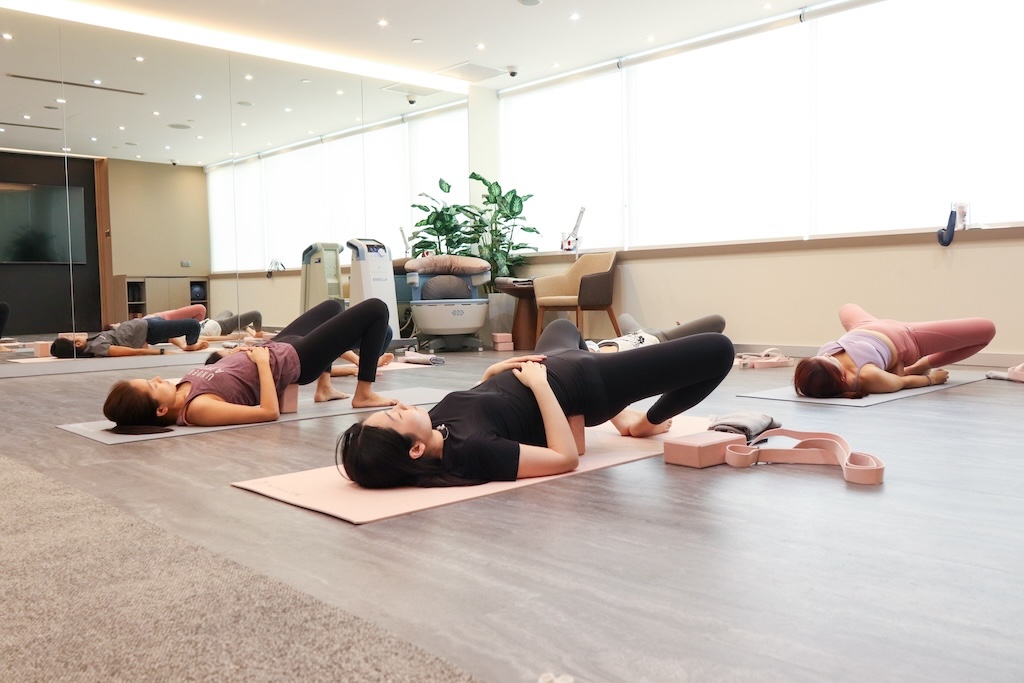
At Orchard Clinic, floorwork classes focusing on exercises that target the core and pelvic floor to improve strength, stability, and ease in daily movements, are offered.
You can perform a quick self-check at home:
A gap wider than three fingers (approx. 2.7 cm) suggests significant separation.
Diastasis recti may be common, but it is treatable. And treatment isn’t just about flattening your tummy. It’s about rebuilding strength, confidence, and a deeper connection to your body, one that supports you through motherhood.
“We’ve worked with women who gave birth, ten, even 20 years ago, and they still saw progress,” says Janna. “The body is incredibly adaptive. While it might take a bit more consistency and guidance, improvements are possible at any stage.”
Linda agrees. “One of the most complex cases I’ve had was a third-time mom with a four-finger-width gap, visible abdominal bulging, loose skin, and lower back instability. She was about three months postpartum and felt completely discouraged.
“But over seven months, using Medisculpt, fascia release therapy, and guided corrective movement, her gap reduced to under one finger-width. More importantly, she had no more back pain, and was able to return to Pilates, strength, and cardio training with confidence.”
Whether you’re newly postpartum or decades down the road, it’s good to know: you’re never too late to reclaim your core — and your sense of self.
Featured image: Stock image from Depositphotos
All content from this article, including images, cannot be reproduced without credits or written permission from SingaporeMotherhood.
Follow us on Facebook, Instagram, and Telegram for the latest article and promotion updates.







:max_bytes(150000):strip_icc()/GettyImages-530871535-09b163cedf124f80aac7bbbd44b3e009.jpg)


